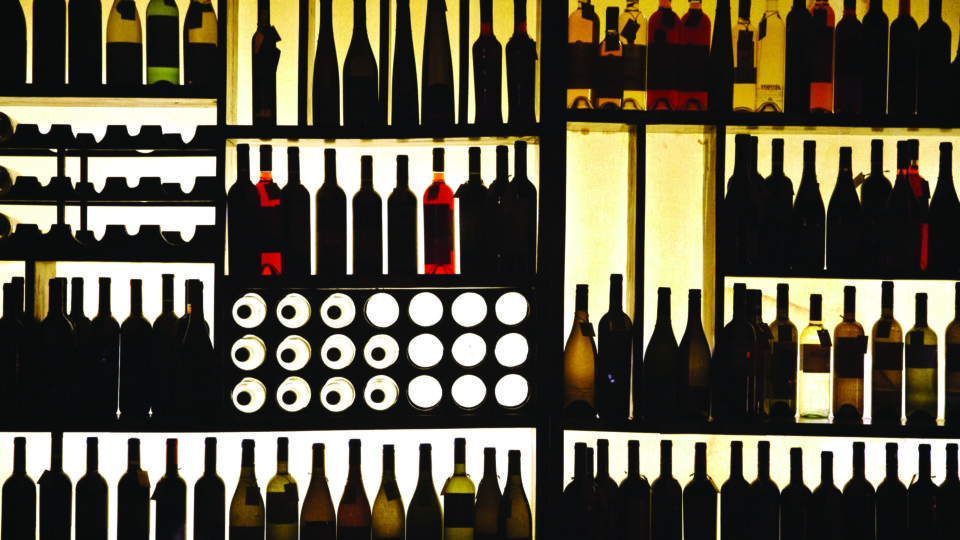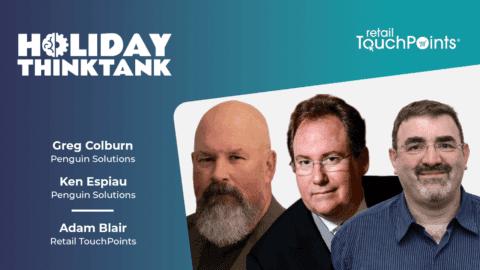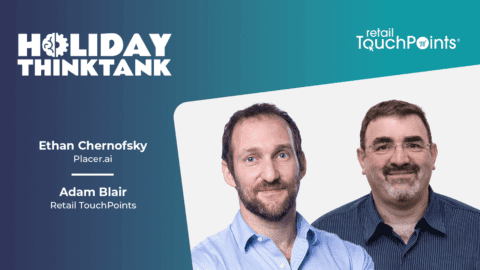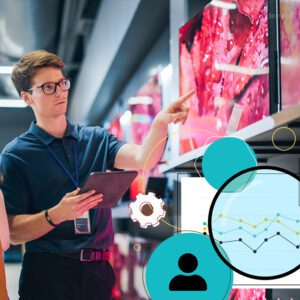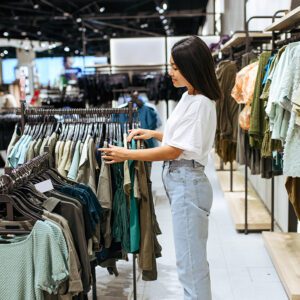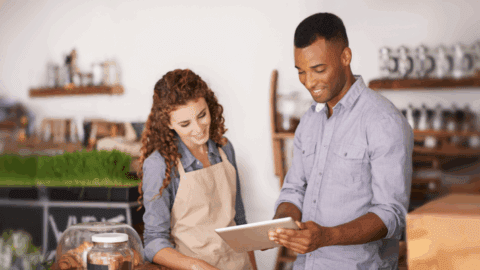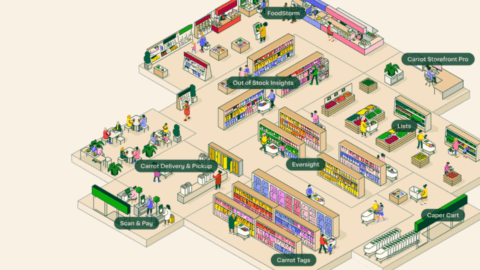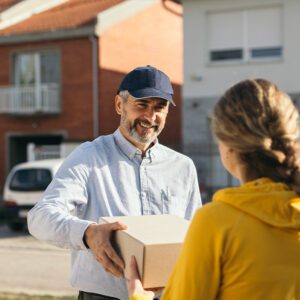Southern Glazer’s Wine & Spirits is one of the biggest names in the U.S. alcohol beverage industry, but as a distributor that sits between alcohol suppliers and the merchants that serve consumers, it has almost no direct contact with the end consumer. So how much can this essential but essentially invisible middleman do to advance an industry and improve the shopper’s experience? Quite a lot, it turns out.
“Because we have a very unique position as the middle tier — I consider us sort of the hub of a network — we have a total understanding of what the [alcohol] supplier’s needs are, their goals, their marketing, when they’re going to be pushing out advertisements, what products are coming, what inventory we have,” said Alan Wizemann, Chief Digital Officer at Southern Glazer’s Wine & Spirits in an interview with Retail TouchPoints. “And from a customer standpoint, because we have such a large share of shelf, we understand a tremendous amount of [the merchant’s] business as well.”
Now, Southern Glazer’s is leveraging its place at the center of this equation to help digitize and improve the entire alcohol buying journey, using:
- Digital tools that simplify sales in a very complex category;
- AI-compiled insights that empower its sales force with smarter product recommendations;
- A new ordering and account management website that turns the business into a 24/7 operation (especially important for an industry that does much of its business later in the day); and
- A new market intelligence platform that helps suppliers and merchants better align their efforts.
Simplifying the Complex Alcohol Category
Even as digital commerce has rapidly evolved, the alcohol industry has been slow to modernize, in large part because of the multiple layers of players involved. Distributors like Southern are not legally allowed to sell to end consumers, making the product journey much less direct than in other categories — and that’s before you bring in the newer fourth tier of delivery networks like Uber Eats. And all of this layering is further complicated by the alcohol category’s intricate and complex regulatory environment.
“If you look at the 48 U.S. markets that we’re in, each market is like its own country — it has different regulations, different taxation, different assortments,” said Wizemann. “So what we wanted to do as a sort of guiding principle on a lot of the things that we’re creating for our customers [the alcohol merchants] is remove that complexity.”
Simplifying this sector is critical for another reason: The shoppers buying wine and spirits are the same people who have become accustomed to sophisticated omnichannel experiences in other categories, so digital modernization is a must. Southern Glazer’s massive digital transformation is aimed doing just this — bringing a consumer-grade digital experience to its suppliers and merchants that will help them in turn serve customers better.
Bringing in Solutions and Expertise from the Larger Retail Industry
Wizemann is the perfect man for the job. He has spent nearly his entire career building digital ecosystems for companies including Target, Lululemon and, more recently, major DTC brands such as Goop, Dollar Shave Club, Quip and Munchkin. While his new remit is very different, the expertise and philosophies Wizemann has honed in his 20+ years at consumer-facing brands are very much applicable to what Southern is hoping to achieve.
“A lot of the practices in the companies that I was at before just didn’t exist, not only at Southern but also in the [alcohol] industry as a whole,” Wizemann said. “How [this industry has] built technology in the past was very traditional, for lack of a better term, so Southern wanted someone who had done this before in a bunch of different industries to bring in that muscle and see what is possible here.
“Thus far it’s been very successful,” he added. “We’ve been able to really push forward on not only our own [B2B] commerce experiences, but also a lot of the new proprietary technologies and tool sets that we’re building for our sales force and for our merchant customers. [These technologies] bring what they’re used to from other vendors that they deal with outside of beverage-alcohol into this industry.”
Empowering Sales Reps with Data-Fueled Product Recommendations
A key role of Southern’s sales force is keeping merchants abreast of new offerings, recommending products that will complement their existing assortment and help them stand out from the competition. Now, with the help of Southern’s digital advancements and new AI-powered tools, that sales force has access to market and customer insights that can help them do that even better.
The development of solutions for this area of the business is aided by the fact that this particular task “doesn’t carry the baggage of regulatory problems,” said Wizemann, since it is an intermediary stage before any kind of sale happens. And the company’s new AI tools are helping to ensure that both regulatory and inventory restrictions are considered before a recommendation is ever put in front of a sales associate. These limitations might include products “that can’t be bought by certain customers because of their national accounts, or [items with] limited stock — for example, there’s only so many bottles of a 40-year old Scotch hanging around.
“These aren’t like the recommendations you see online from Amazon,” Wizemann added. “[They draw on a] deep understanding of the customer’s business — their transactions, their menus, what’s happening on their shelf both on and off premise. We orchestrate that story using artificial intelligence for our salespeople to give them powerful recommendations that are backed up with super-specific, personalized insights on that single customer location. It allows us to then be very, very good at saying, ‘Hey, this is your next product.’”
AI Designed to Aid, Not Replace
Southern’s deployment of AI for product recommendations highlights the company’s larger philosophy around these kinds of new tools: “Our sales force is our special sauce; no one knows their customers better and what’s happening in their markets,” said Wizemann. “So everything we’re doing is done in a way that ensures the inclusion of our salespeople, rather than trying to push something onto them that, quite frankly, some people are scared of, and some people think is going to replace their job. That’s something we never want to do.
“We’re looking at driving efficiency by giving them more time,” Wizemann added. “[The tool might] have very good insights into their customers that they might not know, but then they can couple that with their local knowledge and understanding. For example, say the customer is a whiskey bar. [The technology] could identify 10 whiskeys that we could say they should carry, but the sales rep might know that five of those 10 are really popular next door, so [the other] five will help you stand out.”
Placing this high value on the experience that humans bring to the equation also is a smart technology strategy, Wizemann added: “If you’re losing the human touch and forgetting about who’s actually benefiting from either the software or the experience, you’re missing the mark. Every new technology that’s ever come out always has a pendulum swing from the idea that the tech can do it all, and then slowly it comes back to, well, maybe it can’t.”
Website and Market Intelligence Turn Southern into a 24/7, 360-Degree Business
In addition to the product recommendation tools, Southern also has released a new ordering and account management website called Proof and is building out a market intelligence platform to help its merchant customers better understand and improve their business.
The goal of the market intelligence offering is to “understand everything after a case leaves our truck,” said Wizemann. This includes in-store data collection, where sales reps visit stores to track sales execution, including taking photos of displays, bottle placements and pricing. With the help of the company’s new digital infrastructure, those store visits can now generate deep insights.
“We realized that we [collect store data] at such scale that we can actually learn from it,” said Wizemann. “So we can analyze the images — what the price is on the shelf, how deep the shelf is, how wide, how many facings it has, what products are on it — and we’re creating an incredibly smart system rooted in a lot of new AI products and models that allows us to analyze that. The goal over time is to be able to say, ‘Hey supplier, you changed the price, this is what happened on the shelf,’ so we can make much better recommendations to our suppliers around what their recommended prices should be.”
The new website also has changed how and when Southern serves its customers. Most transactions are still completed through a sales rep, although approximately 18% to 20% of orders do now take place online, on average. (This number “varies wildly by state,” according to Wizemann.) But when the new tools available to sales reps are taken into consideration, digital now touches around 70% of sales.
“There’s no longer a scratch pad order form,” said Wizemann. “We’re digitizing our sales force, but also our B2B site. The goal is for all those tools to work together and be intertwined so they have the same information, the same recommendations, the same sales stories. That way there’s a unified conversation that’s happening between a customer and a salesperson. Because the salesperson interaction doesn’t really last that long, probably 15 to 30 minutes, and no salesperson in the world can talk about 15,000 to 20,000 SKUs.
“There will always be the need for the relationship and the services that we provide through our direct sales force; what we want to move online is much more around discovery,” he added. “Customers that do their reordering and discovery on the platform actually end up buying more. But the biggest benefit [of the website] is that it moves our relationship with our customers into a 24/7 business. Think about it — it could be 9 at night or 2 in the morning when a nightclub or a bar manager or a hotel buyer finds the time to put their order together. They’re not going to call their sales rep, but they can hop onto Proof, put together their order and even create lists to talk with their salesperson about the next day.”
A Connecting Point Between Supplier and Merchant for More Than Just Sales
And this is truly just the beginning. Wizemann sees ample opportunity for further integration between all tiers of the beverage-alcohol equation. Most exciting for him at the moment is the opportunity to better align suppliers’ marketing efforts with that of merchants.
“If a big supplier is doing a St. Patrick’s Day promotion, and they’re pushing TV and social media and driving a lot of [interest], we can understand where that’s happening and tell our customers that it’s coming,” Wizemann said. “So rather than having this disconnect of, [a bar owner] seeing a billboard and thinking, ‘Oh no, I should probably order more of that liquor,’ we’re giving those insights ahead of time. The more connected we can get into the marketing side of our suppliers, the better decisions we can help our customers make.”
However, all of these efforts are still driven by core ecommerce principles that Wizemann has picked up over the past two decades, the most important of which is that technology is the facilitator, not the solution: “In ecommerce, I think a lot of people still focus on technology as being the ‘solve’ for everything,” he said. “But if you just look at the market for the past 10 years, the technology has been commoditized with platforms like Shopify and others. Success now really boils down to the overall experience, on top of the products and the brands that are being carried. The ecommerce sites that are wildly successful today are those that are able to translate their brand, their product promise, into that experience, and can back it up with support.”




